#Hyla cinerea
Text

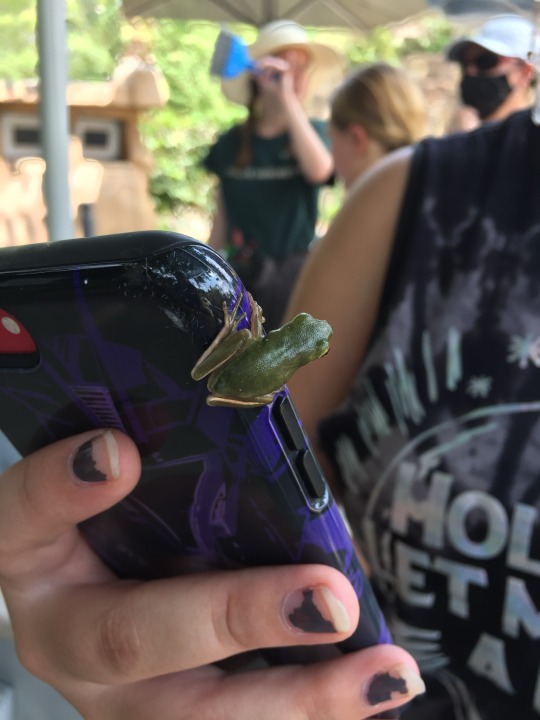


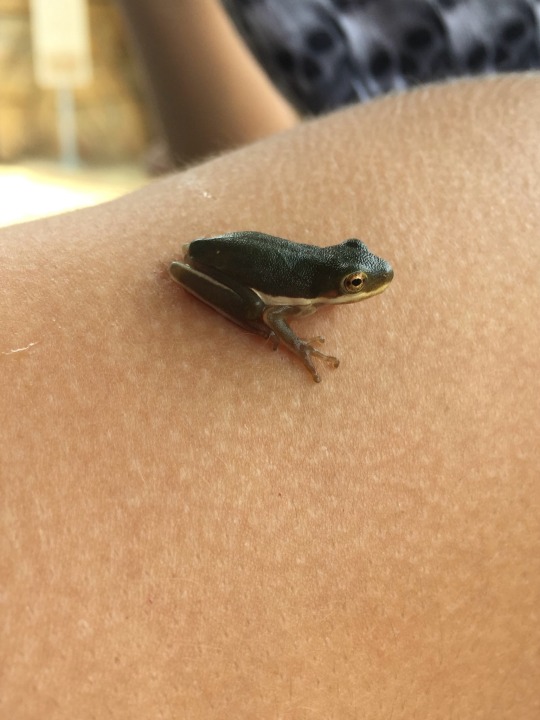
A cute Green Treefrog!
#Phylum: Chordata#Class: Amphibia#Order: Anura#Family: Hylidae#Genus: Hyla#Hyla cinerea#Green Treefrogs#Green Tree Frogs#Treefrogs#Tree frogs#Frogs#Amphibians
3 notes
·
View notes
Text

American Green Tree Frog (hyla cinerea)
Cumming, Georgia (2010)
Photo: Trish Coxe
#artists on tumblr#original photographers#frog#tree frog#green tree frogs#american green tree frog#green#hyla cinerea#my art#herpetology#amphibia#smiling critters#happy frog
5 notes
·
View notes
Text
Perks the job: Froggy friends everywhere!

#cat chat#hyla cinerea#we had to count every blade of the Flowering Rush#half way through we called it quits at 9am bc it was blazing hot#wetland ecology#frogs
3 notes
·
View notes
Text

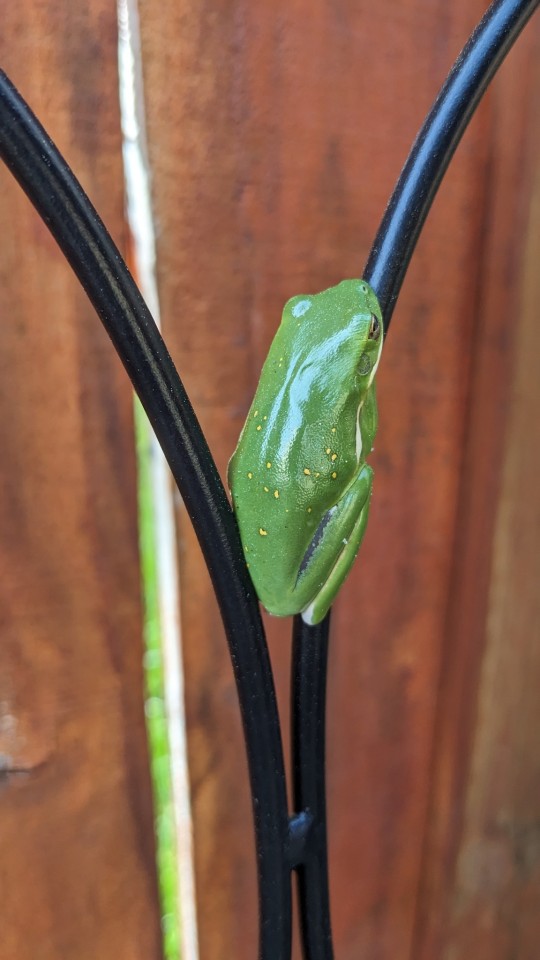
Hyla cinerea / American Green Tree Frog
#Hyla cinerea#Dryophytes cinereus#Hyla#Dryophytes#hylidae#American green tree frog#Green tree frog#tree frog#Frog#Frogs#Native fauna#nature photography#photographers on tumblr#durham#durham nc#North Carolina#Home
1 note
·
View note
Text









Went out on a frog walk tonight, here's some of the other participants
#frogs#if anyone happens to be good at IDing frogs i have only gotten hyla cinerea and am especially curious about that big spotted guy#he was bigger than my hand#i am. incredibly covered in bug bites
0 notes
Text
389 notes
·
View notes
Text
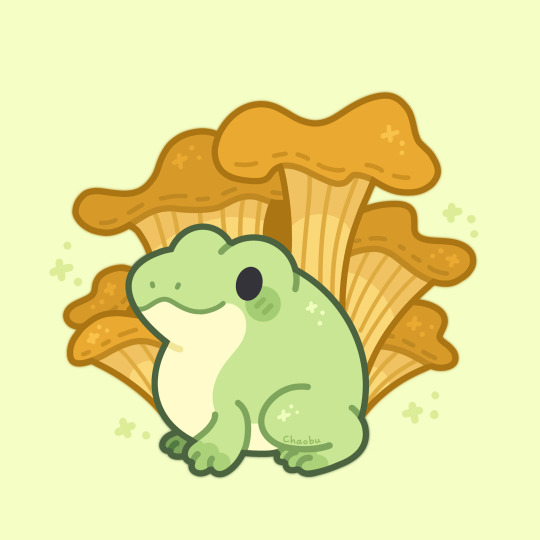







Froggy fall! (part 1/3)
1. Mushroom / American green tree frog (Hyla cinerea)
2. Old book / Blue poison dart frog (Dendrobates tinctorius "azureus")
3. Herb garden / Common parsley frog (Pelodytes punctatus)
4. Broomstick / Wallace's flying frog (Rhacophorus nigropalmatus)
5. Cozy treat / Wood frog (Lithobates sylvaticus)
6. Fortune / Reticulated glass frog (Hyalinobatrachium valerioi)
7. Mossy log / Vietnamese mossy frog (Theloderma corticale)
8. Pumpkin / Pumpkin toadlet (Brachycephalus ephippium)
779 notes
·
View notes
Text
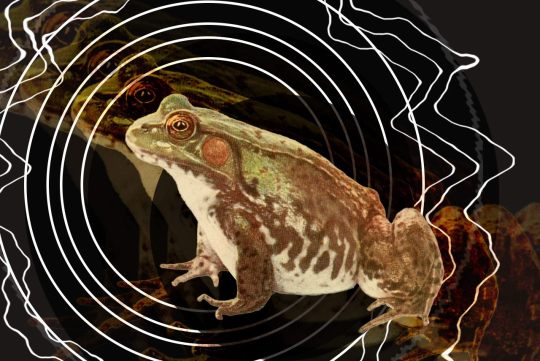
IT WAS LATE ON JULY 16, 1957, and Charles M. Bogert was in a recording booth in Highland County, Florida, with a pair of singers who wouldn’t sing. The burgeoning producer, who had left a busy life in New York to chase talent in the Sunshine State, had heard the two perform live that very evening, in a chorus of hundreds.
He had plucked them from the crowd, and thenushered them out of the swampy night and into this soundproofed room. But his would-be stars—out of their element, lacking inspiration—were silent. So Bogert took out a pair of headphones and played them a recording of their own voices from earlier, amid the chorus. Instantly they began an unrestrained duet: BOOP! BOOP! BOOP — WAMP — BOOP — WAMP — BOOP — WAMP!
The booper here is a barking treefrog (Hyla gratiosa), while the wamper is a hybrid frog, thought to be the offspring of a barking and a green treefrog (Hyla cinerea). Theirs is a standout performance on Sounds of North American Frogs, originally released on Smithsonian Folkways Recordings in 1958, and re-released at the end of 2023 by the same label...
38 notes
·
View notes
Note
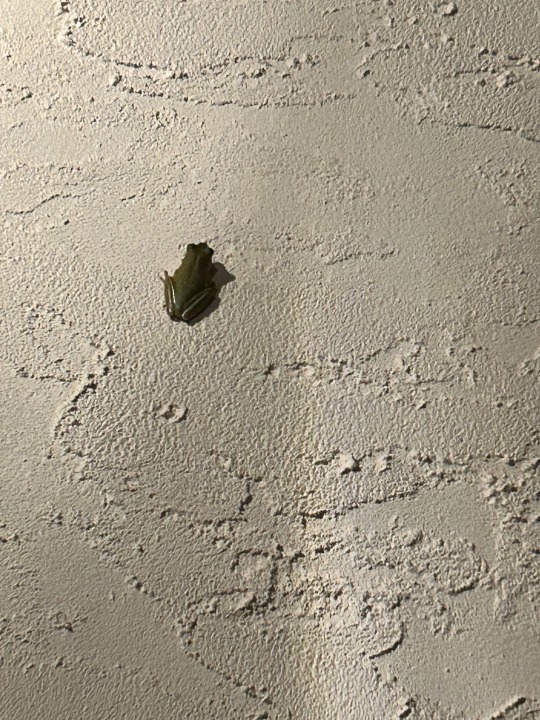
Frog :3
HOOH FROGE
American green tree frog, Hyla cinerea :]
5 notes
·
View notes
Text
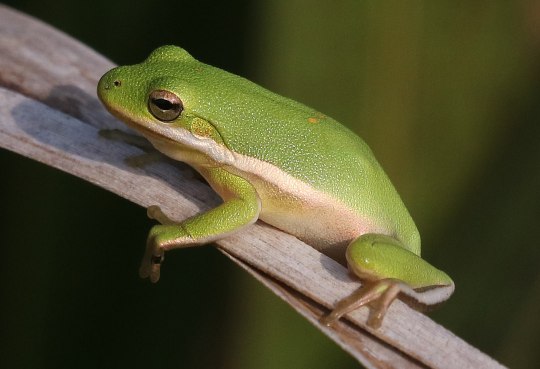

American Green Tree Frog: Naturally found in the Southeastern United States, they prefer swamps and densely foliaged lakesides as habitats. Certain coastal populations, however, have developed a tolerance to moderate salinity in water thanks to different processes that regulate osmosis. Males form large choruses during mating season, and as a result are forced to modify their calls in frequency and duration to stand out from the others and draw attention from females. In some areas, they even compete with other species such as the invasive Osteopilus septentrionalis and modify their call to be more clearly heard. Females prefer lower-frequency calls, so if a male notices that his is distinctly higher-frequency than others in the area, he may forego calling altogether and attempt to ambush a female instead.
Purple Harlequin Toad: Native to French Guiana, it was found to likely belong to the Guiana Shield clade of harlequin toads through genetic testing done in 2020. Different populations separated by location vary significantly in size, with females from the Sophie region being smaller than males – contrary to all other populations of this species. Unfortunately, they are threatened by local logging and the chytrid fungus.
3 notes
·
View notes
Text
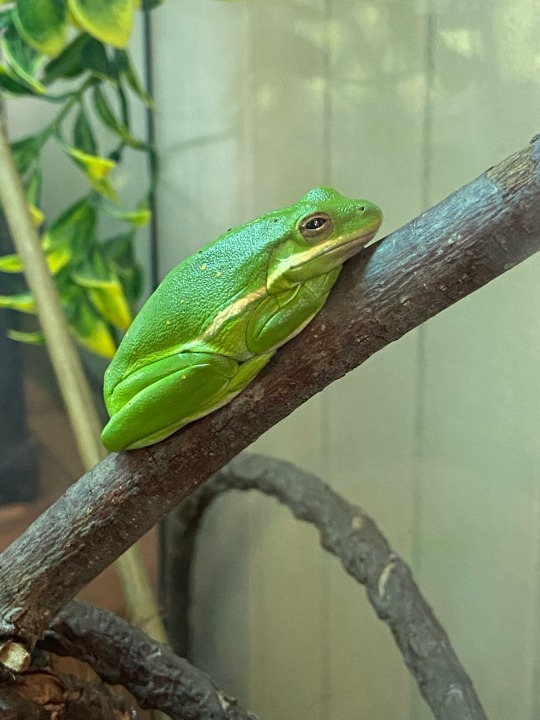
Green Tree Frogs (Hyla cinerea) aren’t native to Michigan, but Gumball here managed to hitch a ride in a suitcase coming back from Florida. now he’s one of the nature center’s ambassador animals.
5 notes
·
View notes
Note
⚔️📀🕯️🛵
[Meme questions here.]
⚔️: hot drink of choice: I don't actually like hot drinks.
📀: cold drink of choice: Water. Boring, I am.
🕯️: favorite amphibian: Green Treefrog (Hyla cinerea), I think is the treefrog that lived around the last house I lived in in Florida. They're noisy critters, so I can't exactly call them a favorite, but I do sometimes miss them.
🛵: favorite tree: Easy question! The southern magnolia (magnolia grandiflora). It wasn't until I moved north that I realized I would have to distinguish by saying "southern" because while they do grow here if planted (and I did indeed plant one), the tulip magnolia is far more common here and that's what people thought I was talking about if they asked this question. Nope! I love the southern magnolia: I love the flowers; I love their evergreenness; I love everything about them.
1 note
·
View note
Text
Botrytis cinerea Nauphoeta cinerea Hyla cinerea Eucalyptus cinerea BRING ME MORE
0 notes
Text

Samuel Maglione
1G0W3686
Green Treefrog, (Hyla cinerea) via Flickr
0 notes
Text

Polite frog
#gremlincore#gremlin community#frog#frogcore#pet frog#green tree frog#hyla cinerea#goblincore#my pet#my post
406 notes
·
View notes
Text
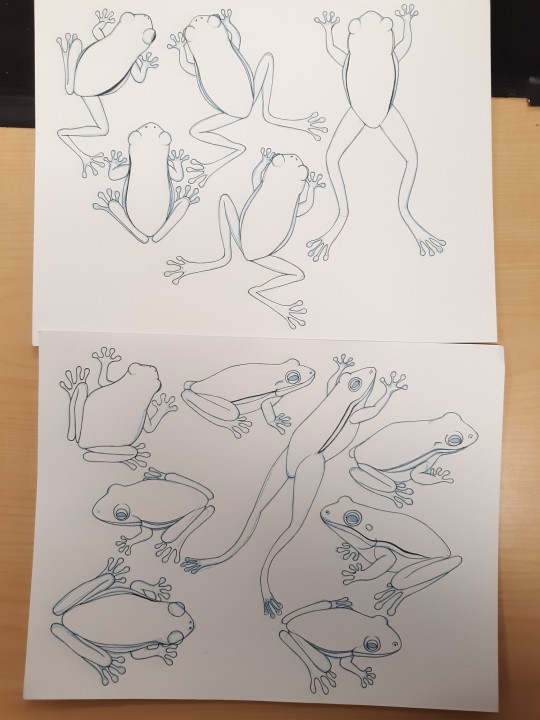

Working on some American green tree frogs.
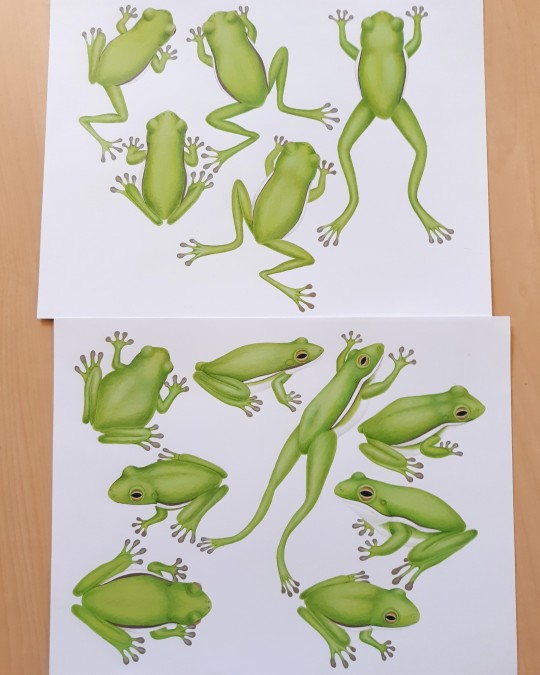
#tree frog#frogs#tree frogs#green tree frogs#hyla cinerea#illustration#drawing#pen and ink#line drawing#art#color#colorized
5 notes
·
View notes